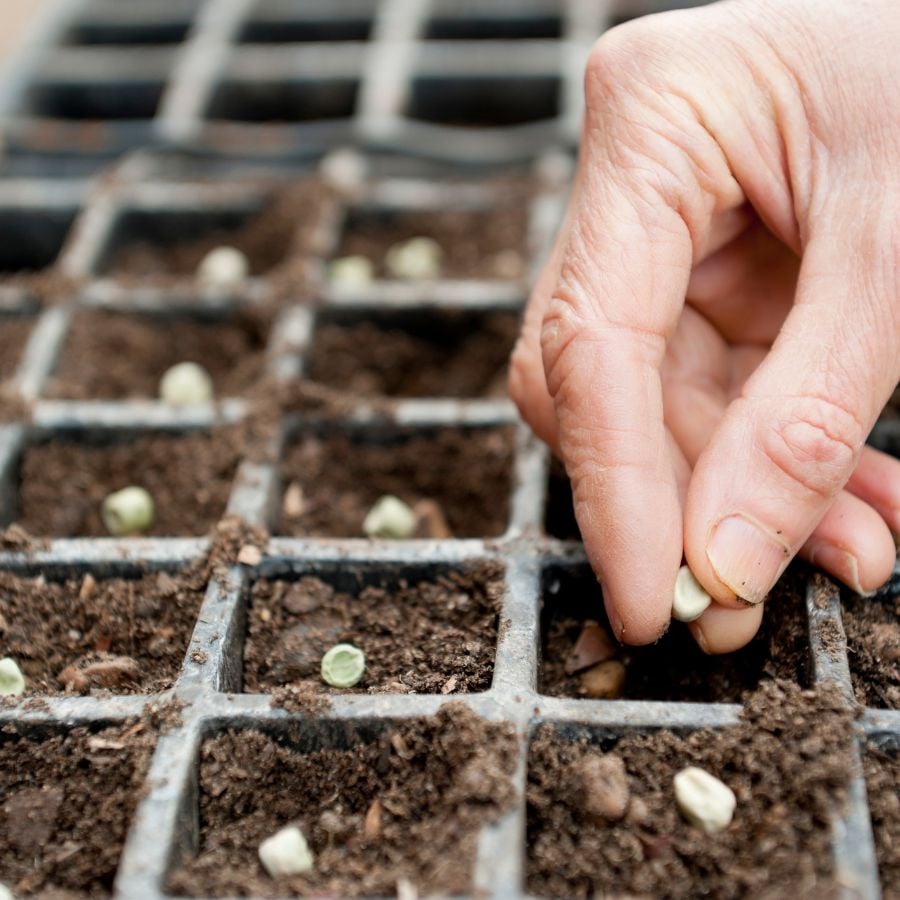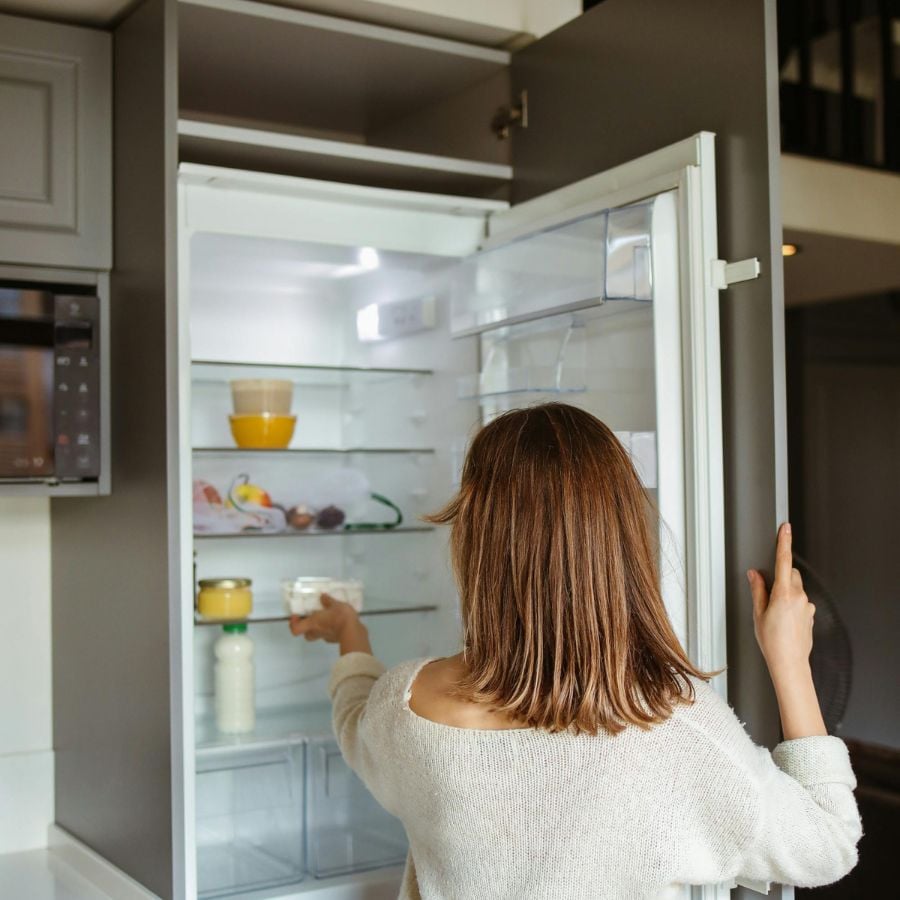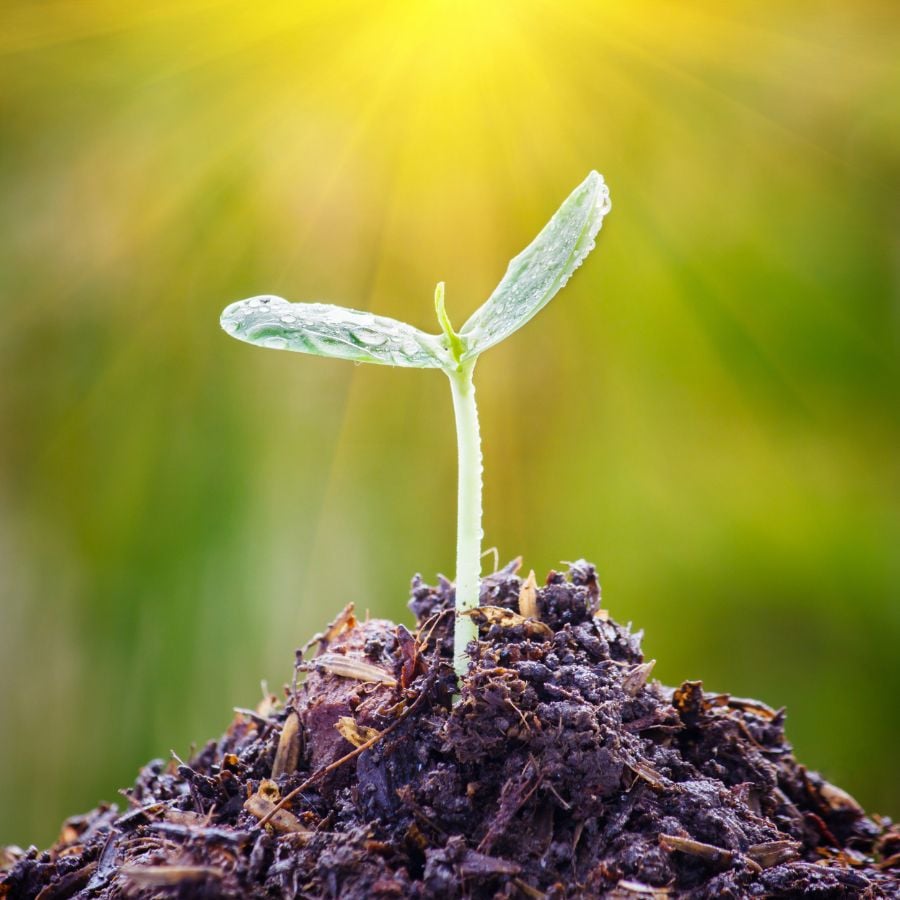I was shocked to discover that my struggling seeds weren’t lazy. They were just missing their winter nap! That’s right: many seeds actually NEED refrigeration before planting.
This game-changing technique (called cold stratification) mimics the natural winter conditions seeds experience in the wild, and without it, certain plants refuse to sprout.
Ready to transform your germination success rate? Your refrigerator might be the garden tool you never knew you needed.
Why Your Seeds Need a Winter Vacation (Even When You Don’t)
Seeds are smarter than we give them credit for. In the wild, they’ve developed a clever survival mechanism called dormancy that prevents them from sprouting during harsh winter months when baby plants would quickly die.
Think of seed dormancy like a biological lock, and cold temperatures are the key that unlocks their growth potential.

Without this cold period, many seeds remain stubbornly dormant, refusing to sprout no matter how perfect your soil, water, or light conditions might be.
The game-changer for your garden isn’t fancy equipment or expensive soil. It’s mimicking Mother Nature’s refrigeration system.
A shocking 40% of perennial flowers and many native plants require this cold treatment to achieve successful germination!
12 Seeds Desperately Waiting for Their Chill Time
Your refrigerator could be the miracle solution for these stubborn germinators. The following seeds practically beg for cold stratification:
- Lavender (4-6 weeks of cold)
- Milkweed (30-60 days)
- Coneflower (8-12 weeks)
- Lupine (2-4 weeks)
- Columbine (3 weeks)
- Delphinium (2-3 weeks)
- Poppy (1-2 weeks)
- Bluebell (4-6 weeks)
- Primrose (3-4 weeks)
- Apple (60-90 days)
- Cherry (90-120 days)
- Maple (60-90 days)
(Ever wonder why those wildflower seeds never sprouted? Now you know their secret!)
The Refrigerator Hack That Pros Don’t Share
The secret most plant experts won’t tell you is how incredibly simple this technique is. Your seeds aren’t looking for a luxury spa experience.
Just a properly chilled environment that breaks down their internal growth inhibitors.
Here’s your fool-proof method to cold stratify like a pro:
- Moisten a paper towel (damp like a wrung-out sponge, not soaking wet)
- Place seeds on the towel and fold it over them
- Slip everything into a labeled ziplock bag or container
- Store in your refrigerator (not freezer!) at 33-41°F (1-5°C)
- Set a calendar reminder for your specific seed’s recommended cold period

The difference between amateur and pro plant parents is simply this patience, giving seeds the cold period they evolutionarily expect before asking them to perform.
Epic Fails: Refrigeration Mistakes That Kill Seeds
Most people make this mistake with their seeds: they either skip refrigeration entirely or botch the process. Avoid these germination killers:
- The Desert Effect: Forgetting moisture during refrigeration is like sending seeds to a cold desert. They need humid conditions!
- The Freezer Burn: Your freezer is too cold and will damage seeds. The crisper drawer of your refrigerator is perfect.
- The Impatient Gardener: Pulling seeds too early is like waking someone mid-nap—they’ll be cranky and uncooperative.
- The Moldy Mess: Too much moisture breeds mold. Your paper towel should be damp, not dripping.
Beyond the Fridge: Alternative Awakening Methods
Forget what you’ve heard about seed preparation. Refrigeration isn’t the only path to germination success. Some seeds respond to different dormancy-breaking techniques:
- Water Soaking: Seeds with hard coats (like morning glories) often respond better to a 24-hour bath than cold treatment
- Scarification: Physically nicking tough seed coats with sandpaper can replicate the natural breakdown process
- Hot Water Treatment: Some tropical seeds actually need heat shock, not cold
- Light Exposure: Certain tiny seeds need light to germinate and should be surface-sown
But here’s the truth: for those 12 seeds listed above, nothing replaces proper cold stratification. Your fridge is their happy place!
From Dormant to Dramatic: What Happens Inside the Seed
The transformation happening in your refrigerated seeds is nothing short of spectacular.
The cold moisture triggers a cascade of hormonal changes, breaking down germination inhibitors (particularly abscisic acid) while boosting growth promoters like gibberellins.
It’s like watching a biochemical revolution in slow motion. Seeds that undergo proper stratification often germinate in half the time with double the success rate of unstratified seeds.

One study showed that properly stratified delphinium seeds achieved 85% germination versus just 20% for untreated seeds!
Your refrigerator isn’t just storing seeds. It’s orchestrating their rebirth.
Your Action Plan: From Fridge to Flourishing
Ready to transform your seed-starting success? Here’s your three-step action plan:
- Identify your seeds: Check if your seeds need stratification (research or seed packet info)
- Schedule your stratification: Count backward from your planting date to determine when seeds should enter the fridge
- Create your stratification station: Gather materials (paper towels, bags, labels) and dedicate a spot in your refrigerator
This simple process is the difference between wasted seeds and a vibrant garden. Your future plants are counting on you to give them the winter experience they evolutionarily expect!

